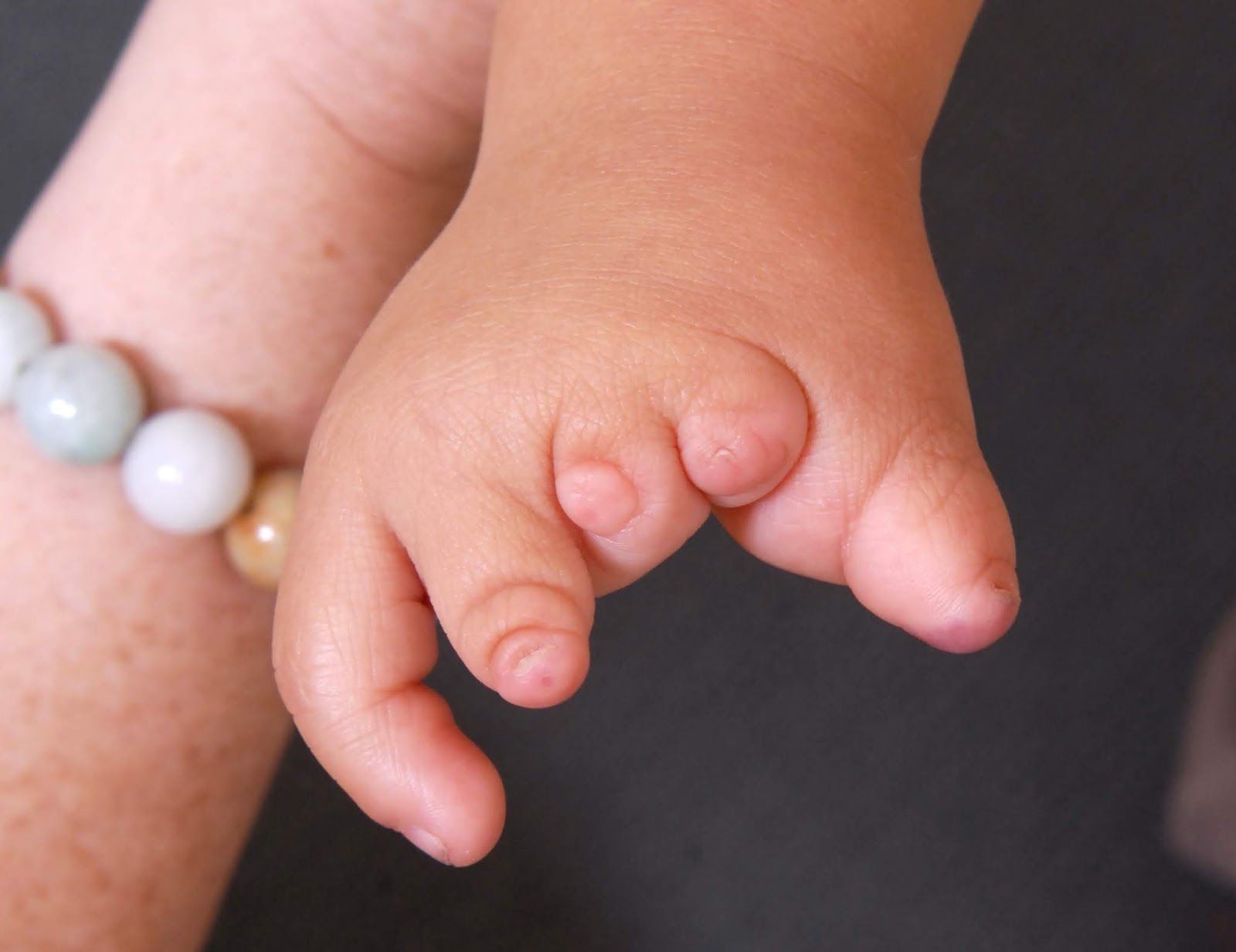
Constriction Ring Syndrome is a rare condition where bands of tissue form around limbs or digits, restricting blood flow and growth. These bands can cause severe complications, including amputation of fingers or toes before birth. Constriction Ring Syndrome affects about 1 in 15,000 live births. The exact cause remains unknown, but it’s believed to occur due to disruptions in the amniotic sac. Symptoms vary widely, from mild indentations to deep grooves that can cut off circulation. Early diagnosis and treatment are crucial for managing this condition. Understanding Constriction Ring Syndrome helps in providing better care and support for affected individuals.
What is Constriction Ring Syndrome?
Constriction Ring Syndrome (CRS) is a rare congenital condition where bands of tissue form around limbs, fingers, or toes, restricting blood flow and growth. These bands can cause various complications, from mild indentations to severe deformities.
Causes of Constriction Ring Syndrome
Understanding the causes of CRS can help in early diagnosis and management. Here are some key points:
- Genetic Factors: CRS is not typically inherited, but genetic mutations during fetal development can play a role.
- Amniotic Bands: Amniotic bands are the primary cause, forming when the inner lining of the amniotic sac tears and wraps around parts of the fetus.
- Environmental Factors: Certain environmental factors during pregnancy, such as trauma or infections, might contribute to the formation of amniotic bands.
- Random Occurrence: Often, CRS occurs randomly without any identifiable cause, making it challenging to predict or prevent.
Symptoms and Signs of Constriction Ring Syndrome
Recognizing the symptoms early can lead to better outcomes. Here are some common signs:
- Indentations: Shallow or deep indentations around limbs, fingers, or toes are a hallmark of CRS.
- Swelling: Restricted blood flow can cause swelling in the affected areas.
- Deformities: Severe cases may result in deformities or even amputation of digits or limbs.
- Limited Movement: Bands can restrict movement, leading to functional impairments.
Diagnosis of Constriction Ring Syndrome
Accurate diagnosis is crucial for effective treatment. Here’s how doctors diagnose CRS:
- Physical Examination: A thorough physical exam can reveal the characteristic bands and indentations.
- Ultrasound: Prenatal ultrasounds can sometimes detect amniotic bands before birth.
- MRI and CT Scans: These imaging techniques provide detailed views of the affected areas, helping in planning treatment.
- Genetic Testing: In some cases, genetic testing might be conducted to rule out other conditions.
Treatment Options for Constriction Ring Syndrome
Various treatment options are available depending on the severity of the condition. Here are some common approaches:
- Surgery: Surgical intervention can remove or release the constriction bands, improving blood flow and function.
- Physical Therapy: Post-surgery, physical therapy helps in regaining movement and strength.
- Prosthetics: In cases of amputation, prosthetics can aid in functionality and mobility.
- Occupational Therapy: This therapy focuses on improving daily living skills and adapting to any physical limitations.
Living with Constriction Ring Syndrome
Living with CRS involves adapting to challenges and finding ways to thrive. Here are some aspects to consider:
- Support Groups: Joining support groups can provide emotional support and practical advice from others with similar experiences.
- Regular Check-ups: Ongoing medical care is essential to monitor and manage any complications.
- Adaptive Devices: Using adaptive devices can enhance independence and quality of life.
- Positive Outlook: Maintaining a positive outlook and focusing on abilities rather than limitations can make a significant difference in living with CRS.
Final Thoughts on Constriction Ring Syndrome
Constriction Ring Syndrome, though rare, can have significant impacts on those affected. Early diagnosis and intervention are crucial for managing symptoms and improving quality of life. Treatment options, like surgery, can help restore function and appearance. Awareness and understanding of this condition can lead to better support for patients and families.
Remember, each case is unique, so personalized medical advice is essential. If you or someone you know is dealing with Constriction Ring Syndrome, seek guidance from healthcare professionals. They can provide the best course of action tailored to individual needs.
By spreading knowledge about Constriction Ring Syndrome, we can foster a more informed and compassionate community. Stay curious, stay informed, and support those who face this challenging condition.
Was this page helpful?
Our commitment to delivering trustworthy and engaging content is at the heart of what we do. Each fact on our site is contributed by real users like you, bringing a wealth of diverse insights and information. To ensure the highest standards of accuracy and reliability, our dedicated editors meticulously review each submission. This process guarantees that the facts we share are not only fascinating but also credible. Trust in our commitment to quality and authenticity as you explore and learn with us.


